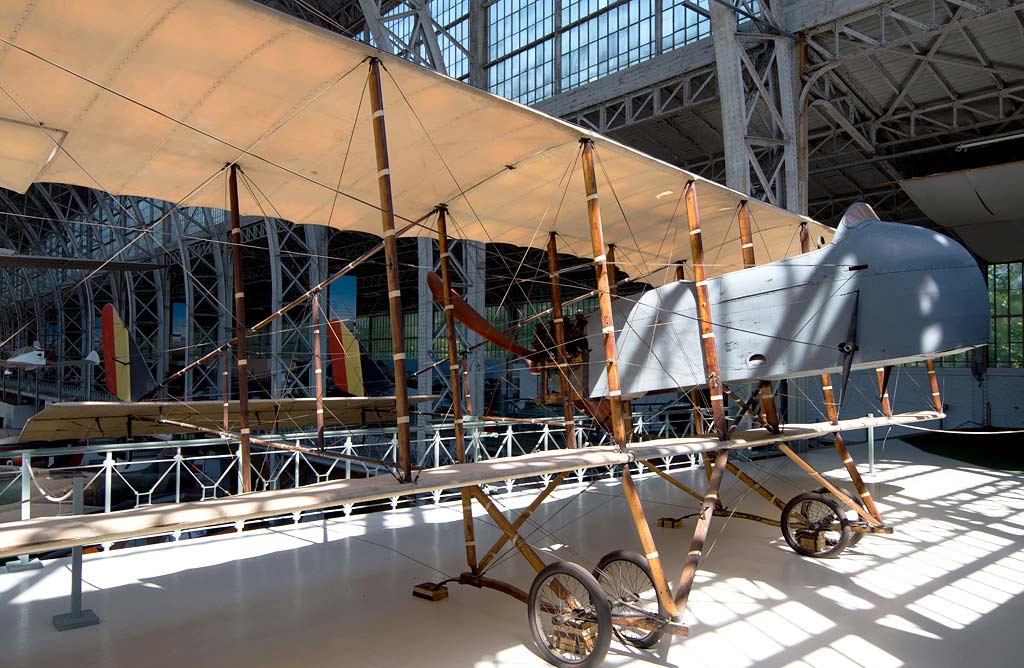Delve into the technicalities, history, and military significance of the Farman MF.11 Shorthorn, an integral reconnaissance aircraft during World War I.
The Farman MF.11 Shorthorn played a critical role during the early years of World War I. With its unique design and adaptable performance, it found its place in reconnaissance missions, bomber roles, and as a training aircraft. As aviation’s role in warfare expanded during World War I, so did the diversity of aircraft designs. Among the early contributors to aerial warfare was the Farman MF.11 Shorthorn, a versatile plane that adapted to various military requirements.
History of the Development of the Farman MF.11 Shorthorn
The early 20th century was a period of immense innovation in aviation. The need for air superiority became evident, and reconnaissance was an emerging priority for military strategies. Amidst this backdrop, the Farman brothers of France sought to enhance their existing MF.7 aircraft, leading to the development of the MF.11 Shorthorn.
Introduced in 1914, the MF.11 quickly became a vital asset for the Allies. Designed for reconnaissance, its features were tailored to provide a stable, reliable flight, facilitating accurate observations.
However, it’s worth noting that the Farman MF.11 did not have a NATO nickname, as NATO came into existence decades after the Shorthorn’s operational period.
Design of the Farman MF.11 Shorthorn
Sporting a pusher configuration, the MF.11 had its propeller mounted behind the engine, pushing the aircraft forward. This design allowed an unobstructed forward view, beneficial for reconnaissance and bombing missions. Spanning approximately 52 feet (15.85 meters) in wingspan and 33 feet (10.06 meters) in length, the aircraft had a notable presence.
The Shorthorn’s structure comprised wooden frames covered in fabric. The front nacelle housed the crew of two, with the observer seated in front of the pilot. This arrangement was both an advantage and a drawback. While it offered the observer an unparalleled view, it also exposed them to enemy fire and the elements.

Performance of the Farman MF.11 Shorthorn
The MF.11 was equipped with a Renault inline engine, producing around 70-80 horsepower. This enabled the aircraft to attain speeds of about 60 mph (97 km/h) with a service ceiling of roughly 14,000 feet (4,267 meters) and a range close to 250 miles (402 km).
Compared to other aircraft of its era, the Shorthorn’s performance was commendable but not extraordinary. Its strength lay in its stability, making it ideal for observation missions.
Military Use and Combat of the Farman MF.11 Shorthorn
Primarily utilized for reconnaissance, the Shorthorn’s design facilitated modifications, enabling it to adopt bomber roles. Equipped with light bomb racks, it engaged in early bombing missions. As for armament, a movable machine gun was often mounted for the observer.
In combat, the MF.11 faced challenges from German fighters, especially the Fokker Eindecker. However, its versatility ensured its deployment in various theatres.
Beyond France, the Shorthorn was used by countries including the UK, Russia, and Italy. Its frontline use began to decline by 1916 as newer aircraft designs emerged. Post-war, it was relegated to training roles and eventually phased out.
The Farman MF.11 Shorthorn stands as a testament to the rapid evolution of military aviation during World War I. While it might not have been the most formidable aircraft in terms of firepower or speed, its adaptability and service across various roles cemented its importance in aviation history.
Back to the Spy Planes section.